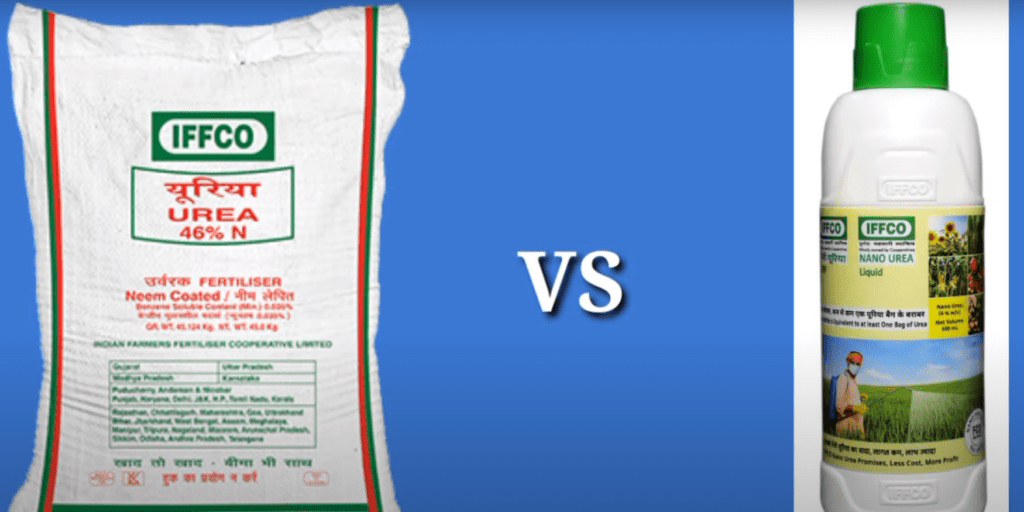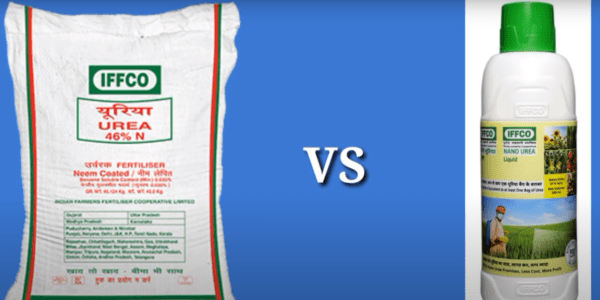Conventional chemical fertilizers, particularly urea, have long been relied upon by farmers worldwide to meet the increasing demands of food production. However, concerns over their environmental impact have led to the exploration of alternative fertilization methods. Nano-urea, developed by the Indian Farmers Fertiliser Cooperative (IFFCO), is one such alternative that offers a promising solution.
Environmental Impact of Conventional Urea
The application of conventional urea has been linked to various environmental issues, including nitrate leaching, greenhouse gas emissions, ozone layer depletion, and soil degradation. These concerns have prompted the search for more sustainable alternatives that can minimize environmental impact while maintaining agricultural productivity.
Development and Composition of Nano Urea
Nano-urea is a liquid fertilizer characterized by its nanometer-sized particles and slow-release properties. These characteristics allow for more efficient nutrient absorption by plants and reduce losses through leaching and emissions. Nano-urea is designed to substitute conventional urea, offering the potential to reduce the need for traditional urea by up to 50%.
Also Read https://yadfarm.com/urea-lighter-priced-at-just-rs266/
Advantages of Nano Urea Over Conventional Urea

1. Higher Efficiency
Nano-urea has been shown to be more efficient in nutrient delivery compared to conventional urea. Its nano-sized particles facilitate better nutrient absorption by plants, leading to improved crop yields.
2. Reduced Environmental Impact
The slow-release properties of nano-urea minimize nutrient leaching and greenhouse gas emissions, reducing its overall environmental impact. This is particularly important in mitigating nitrogen pollution in water bodies and reducing the carbon footprint associated with fertilizer use.
3. Controlled Nutrient Supply
Nano-urea allows for better control over nutrient supply to plants, ensuring that they receive the right amount of nutrients at the right time. This helps prevent nutrient imbalances and wastage, leading to more efficient fertilizer use.
4. Economic Benefits
While the initial cost of nano-urea may be higher than conventional urea, its long-term benefits in terms of improved crop yields and reduced environmental impact can lead to significant cost savings for farmers.
Adoption and Future Potential of Nano Urea
By accepting innovative fertilization methods, farmers can contribute to sustainable agriculture while meeting the growing demands for food production. However, further research and widespread adoption are needed to fully realize the potential of nano-urea in modern agriculture.
Conclusion
Nano-urea presents a viable alternative to conventional urea, offering numerous advantages in terms of efficiency, environmental sustainability, and economic benefits. By embracing this innovative fertilizer, farmers can contribute to sustainable agriculture and mitigate the environmental impact of conventional urea.
Click Here For More Tips and Guides in Agriculture Techniques
FAQs:
- What is nano-urea?
- Nano-urea is a liquid fertilizer developed as an alternative to conventional urea. It contains nanometer-sized particles and is designed for more efficient nutrient absorption by plants.
- How does nano-urea differ from conventional urea?
- Nano-urea’s nanometer-sized particles and slow-release properties make it more efficient in nutrient delivery compared to conventional urea. This leads to improved crop yields and reduces environmental impact.
- What are the environmental benefits of using nano-urea?
- Nano-urea reduces nitrogen leaching and greenhouse gas emissions, minimizing its environmental impact. It also helps in mitigating nitrogen pollution in water bodies and reduces the carbon footprint associated with fertilizer use.
- Is nano-urea more expensive than conventional urea?
- Initially, nano-urea may have a higher cost than conventional urea. However, its long-term benefits, such as improved crop yields and reduced environmental impact, can lead to significant cost savings for farmers.
- What are the potential challenges of adopting nano-urea in agriculture?
- Challenges in adopting nano-urea may include the need for further research, education, and infrastructure for widespread adoption. Additionally, regulatory approval and market acceptance are key factors for its successful integration into farming practices.










